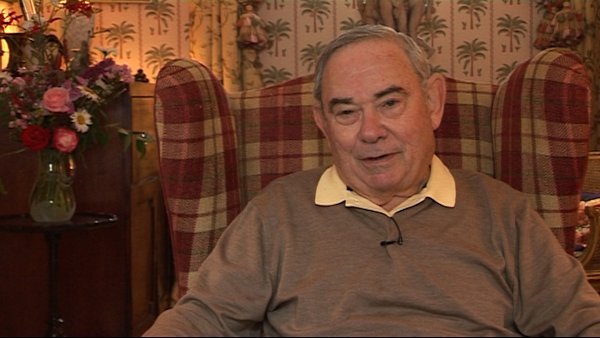NEXT STORY

Formalizing the production, storage and distribution of my cell culture medium
RELATED STORIES

NEXT STORY

Formalizing the production, storage and distribution of my cell culture medium
RELATED STORIES



Roderick Murray made a significant rejoinder, as I recall. He said that we do not approve the substrate on which a vaccine is produced, we only approve or disapprove of the vaccine after it's made, which gave him considerable wiggle room to deny any responsibility for a five or seven year delay, in which several people died, because of… In manufacturing facilities, I should say, not vacinees, where primary monkey kidney was used.
As a result of that, and Frank Perkins' absolute agreement with my belief, and that of Drago Ikić, that these cells should be used for vaccine production, was an important personality also in promoting this idea. Frank gave several papers advocating this in the UK, at World Health Organisation meetings. I remember one distinctly, in France in… at a rabies meeting, but there are many examples of his… his advocacy that could be made. In the early '70s I learned that Pfizer laboratories, in Sandwich, Kent, was planning to make a poliovirus vaccine.
This was, I believe, one of the first vaccines that was destined ultimately to be used in the United States, or at least to be submitted for licence in the United States. The Pfizer company asked me to help them in some of the manufacturing technicalities, which I did do on several occasions, when they invited me to Sandwich to give a couple of lectures and look at some of the technical problems. So that in approximately 1972, I think it was, the first vaccine produced in the UK against polio in WI-38 was... was available for public use, and about the same time, or a year or so later it became available in the United States.
Leonard Hayflick (b. 1928), the recipient of several research prizes and awards, including the 1991 Sandoz Prize for Gerontological Research, is known for his research in cell biology, virus vaccine development, and mycoplasmology. He also has studied the ageing process for more than thirty years. Hayflick is known for discovering that human cells divide for a limited number of times in vitro (refuting the contention by Alexis Carrel that normal body cells are immortal), which is known as the Hayflick limit, as well as developing the first normal human diploid cell strains for studies on human ageing and for research use throughout the world. He also made the first oral polio vaccine produced in a continuously propogated cell strain - work which contributed to significant virus vaccine development.
Title: Making the first polio vaccine using WI-38
Listeners: Christopher Sykes
Christopher Sykes is a London-based television producer and director who has made a number of documentary films for BBC TV, Channel 4 and PBS.
Tags: Pfizer, Frank Perkins
Duration: 2 minutes, 49 seconds
Date story recorded: July 2011
Date story went live: 08 August 2012